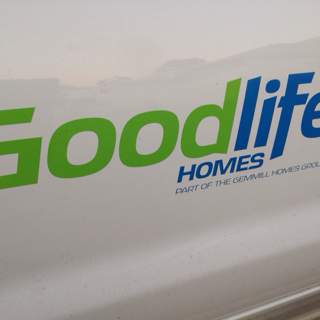Title Page
-
Document No.
-
Audit Title
-
Client / Site
-
Conducted on
-
Prepared by
-
Location
-
Personnel
-
Equipment/Installation Name:
Phase 1 - Visual Inspection
Phase 1 - Visual Inspection (Section 8.2)
-
What type of device is being tested?
Wiring Checks
-
Light installed in a suitable location (outside damp areas, accessible location for maintenance)?
-
Light is correctly labelled with RCD number?
-
Is the correct lamp & diffuser types fitted?
Wiring Checks
-
GPO installed in a suitable location (outside damp areas, suitable height above floor level)?
-
GPO is correctly labelled with GPO number and RCD number?
Wiring Checks - Common
-
Safety & Egress from switchboard or room not compromised by new installation?
-
Segregation between power & communication/control cables?
-
Is the cable appropriately supported & protected for the installation?
-
Is the protection suitable chosen to protect users against electric shock (i.e. RCD @ 30mA)?
-
Is the cable suitably sized for the protection hardware used?
-
Is the cable suitably sized for the voltage drop and distance?
-
Basic protection - is there protection against live parts for all conductors and components?
-
Fire Protection - have fire barrier penetrations been correctly installed?
-
Installation of cable is NOT through a damp area?
-
*** STOP FURTHER WORKS AND LOCK OUT CIRCUIT BREAKER IN ISOLATED POSITION. CONSULT DESIGN ENGINEER & DFM TEAM IMMEDIATELY BEFORE PROCEEDING***
-
Installation is NOT in a hazardous area?
-
*** STOP FURTHER WORKS AND LOCK OUT CIRCUIT BREAKER IN ISOLATED POSITION. CONSULT DESIGN ENGINEER & DFM TEAM IMMEDIATELY BEFORE PROCEEDING***
Phase 2 - Pre-energised Checks
Phase 2 - Pre-energisation Electrical Checks
-
Phase 2 De-energised checks are to ensure equipment is safe and ready for energisation.
-
Polarity Check - are all active phases wired to the correct terminal & phase?
-
Continuity - confirm no continuity through switch when in "off" position
-
Is the Earth Resistance value below 0.5 Ohm?
-
Earth resistance value:
-
Resistance of the earthing system should be no more than 0.5 ohm. If the result shows discrepancy, consult the designing engineer.
-
Is the Insulation Resistance value above 1.0 Mega-Ohm?
-
Insulation resistance value:
-
Resistance of the earthing system should be no more than 0.5 ohm. If the result shows discrepancy, consult the designing engineer.
Phase 3 - Live Testing
Phase 3 - Live Testing
-
Use an approved & in-date calibrated RCD testing device, to confirm the RCD trips within limits.
-
Has the protecting RCD tripped and passed the test?
-
Confirm isolation of circuit breaker isolates device?
-
Isolate circuit breaker. What voltage exists on load-side of breaker?
-
Record residual voltages after isolation.
-
Confirm isolation of wall switch isolates device?
-
Isolate wall switch. What voltage exists on load-side of switch?
-
Record residual voltages after isolation.
-
Test the voltage at the end circuit. If three phases, record as "
, , " -
Active-Neutral Voltage:
-
Is the final voltage within +/- 5% volt drop limits?
Drawings
Switchroom Drawing Set
-
Have the drawings in the DFM set been red-lined to reflect circuit changes?
-
Add photos of redline markups present.
-
Add a comment about the redline markups present
Finalise Audit
Finalise Audit
-
Are there any Danger, Isolation, Hazard or Information tags in the switchboard?
-
If yes, please ensure you take photos of each tag (both sides).
-
Are there any other issues that should be noted?
-
Ensure that this report is emailed to #######@cqu.edu.au for actioning of any outstanding items.
Sign off by auditor.
-
Installation Signed Off By:
-
Signature:














